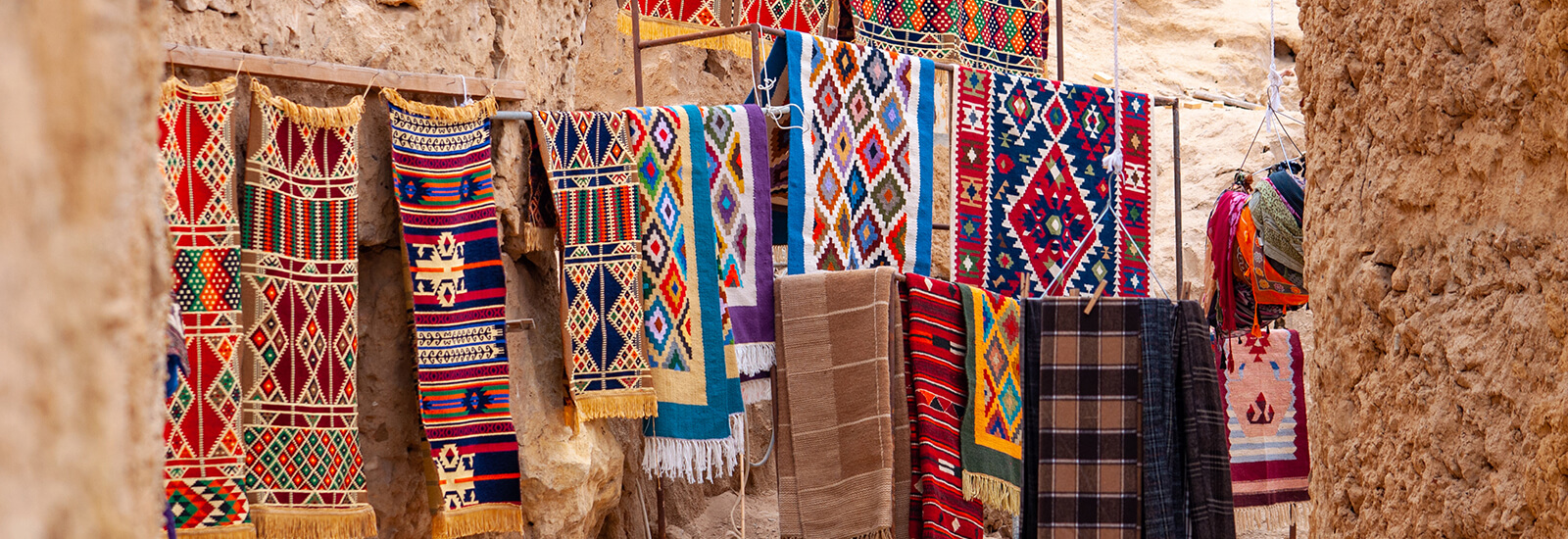Your Cart Is Empty

Important Features of the Rugs
Important Features of the Rugs
Kilim is a kind of carpet that can be laid on floors, sofas, hung on walls, is generally multi-colored and patterned, made of hair or wool. The difference from carpets is that they are lint-free.
The origin of the word kilim is highly debated and still being researched. It is generally accepted that its origin is Persian and it has passed from this language to Urdu and Turkish, and from Turkish to Mongolian, Russian, Arabic, Caucasian, and Balkan languages.
The most important features of the rug are listed as follows:
- Kilim is a type of lint-free weaving made by adhering to two yarn structures, with the same front and back sides.
- Kilim is among the oldest known weaving types.
- It is used quite frequently for decoration. It is woven in wool or bristle yarn, on horizontal or vertical floor looms.
- Rugs are lint-free and knot-free, and their patterns are quite fluffy.
History of Rug
Since the rugs are produced from non-durable materials, their examples are very few today. The oldest piece of rug made with the kilim technique that has survived to the present-day dates back to Ancient Egypt. Rug made during the 18th dynasty of Ancient Egypt, IV. It has emerged from the tomb of Tuthmosis. The oldest kilim sample made in Anatolia is from BC. It belongs to 2300 years. The rug found in the Troy excavations is known as the "Queen's Cover", but it is not known to whom it belongs. Additionally, rug-like structures belonging to the Phrygians (they lived in the 7th century BC) were also found in Gordion excavations. In Pazirik, which is located in Southern Siberia, BC. Felt and flat-woven rugs found together with the famous Hun carpet dating from the 5th to 4th centuries BC and in the Peruvian region. Rug fragments found in the 8th - 2nd centuries show that the rug dates back to ancient times.
- It has been proven that the Turks, who migrated to Central Asia, used rugs made with the flat-weaving technique to protect themselves from the dampness on the ground of their tents.
- Rugs made of goat wool were generally used for floor coverings.
- When the Turks came to the Anatolian region, they brought with them the weaving tradition and processes in the Central Asian region.
- Many centers such as Konya, Kayseri, Aksaray, and Sivas gained fame with their rugs.